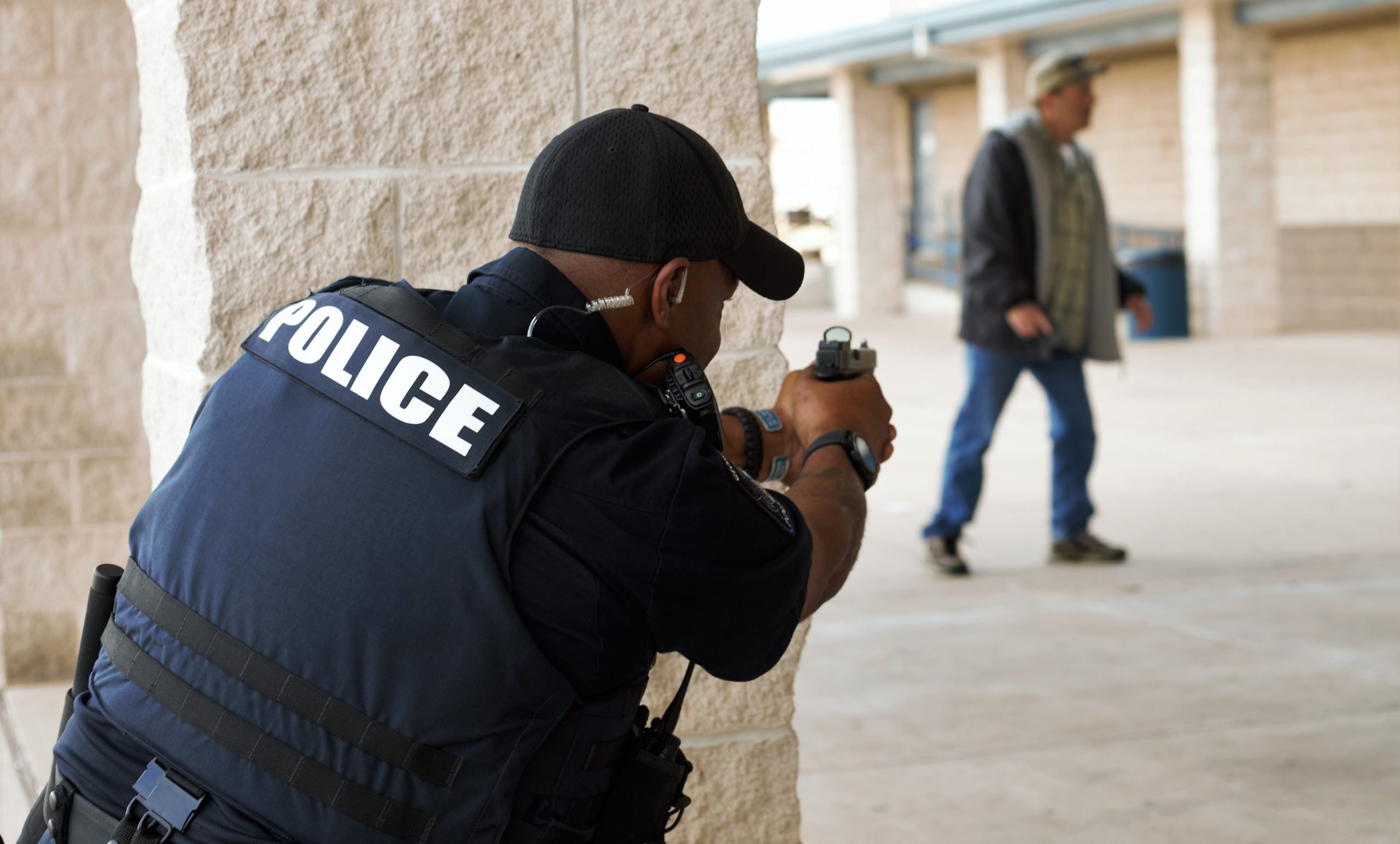-
August 4, 2020
8:00 am - 5:00 pm
Venue: Venue of Legally Justified - But Was it Avoidable? (Glen Ellyn, IL) - POSTPONED
Address:
Homeland Education Center (HEC) Room 1022, 425 Fawell Blvd., Glen Ellyn, Illinois, 60137, United States


